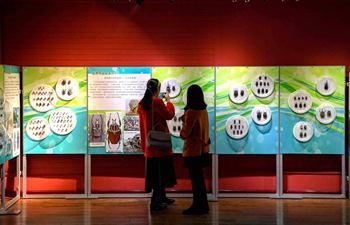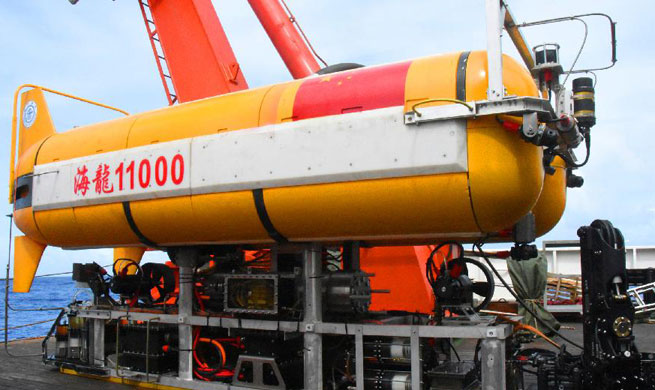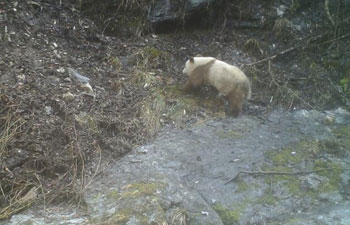WASHINGTON, March 30 (Xinhua) -- A team of researchers are dusting off an old idea that promises a new vista in the hunt for life beyond Earth: the clouds of Venus.
In a paper published by journal Astrobiology on Friday, planetary scientists led by Sanjay Limaye from the University of Wisconsin-Madison laid out a case for the atmosphere of Venus as a possible niche for extraterrestrial microbial life, or commonly known as alien life.
"Venus has had plenty of time to evolve life on its own," said Limaye, adding that some models suggest Venus once had a habitable climate with liquid water on its surface for as long as 2 billion years.
"That's much longer than is believed to have occurred on Mars," Limaye added.
On Earth, terrestrial microorganisms, mostly bacteria, are capable of being swept into the atmosphere, where they have been found alive at altitudes as high as 41 km, the researchers said.
"On Earth, we know that life can thrive in very acidic conditions, can feed on carbon dioxide, and produce sulfuric acid," said Rakesh Mogul, a professor of biological chemistry at California State Polytechnic University, and a co-author of the paper.
Mogul suggested that the cloudy, highly reflective and acidic atmosphere of Venus is composed mostly of carbon dioxide and water droplets containing sulfuric acid.
The possibility of the habitability of Venus' clouds was first raised in 1967 by biophysicist Harold Morowitz and astronomer Carl Sagan.
Supporting the notion that Venus' atmosphere could be a plausible niche for life, a series of space probes to the planet launched between 1962 and 1978 showed that the temperature and pressure conditions in the lower and middle portions of the Venusian atmosphere, altitudes between 40 and 60 km, would not preclude microbial life.
The surface conditions on the planet, however, are known to be inhospitable, with temperatures soaring above 450 degrees Celsius.
Limaye's team came to realize that bacteria on Earth with light-absorbing properties are similar to those of unidentified particles that make up unexplained dark patches observed in the clouds of Venus.
Spectroscopic observations, particularly in the ultraviolet, show that the dark patches are composed of concentrated sulfuric acid and other unknown light-absorbing particles.
"Venus shows some episodic dark, sulfuric rich patches, with contrasts up to 30 to 40 percent in the ultraviolet, and muted in longer wavelengths. These patches persist for days, changing their shape and contrasts continuously and appear to be scale dependent," said Limaye.
The particles that make up the dark patches have almost the same dimensions as some bacteria on Earth, although the instruments that have sampled Venus' atmosphere to date are incapable of distinguishing between materials of an organic or inorganic nature.
The patches could be something akin to the algae blooms that occur routinely in the lakes and oceans of Earth, Limaye and Mogul said.

















